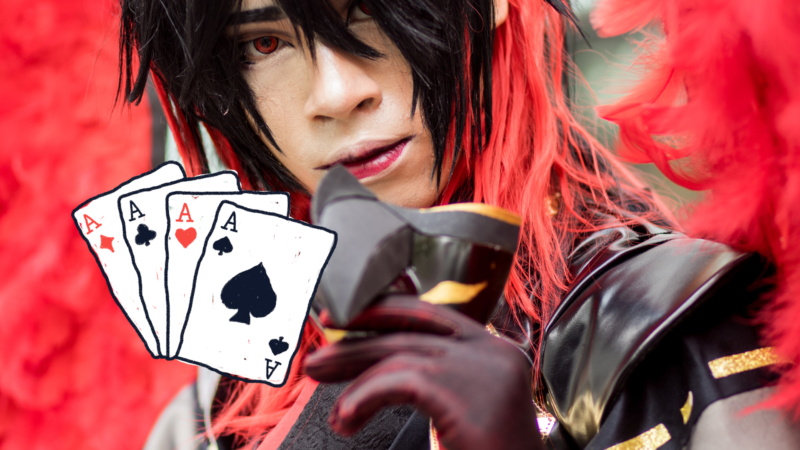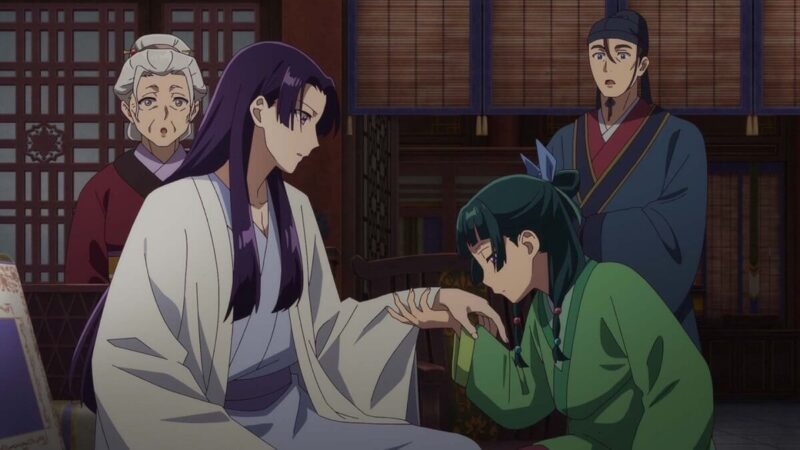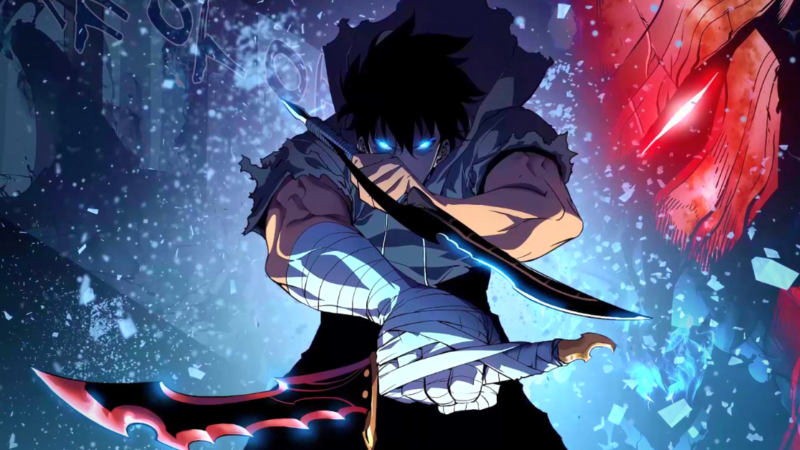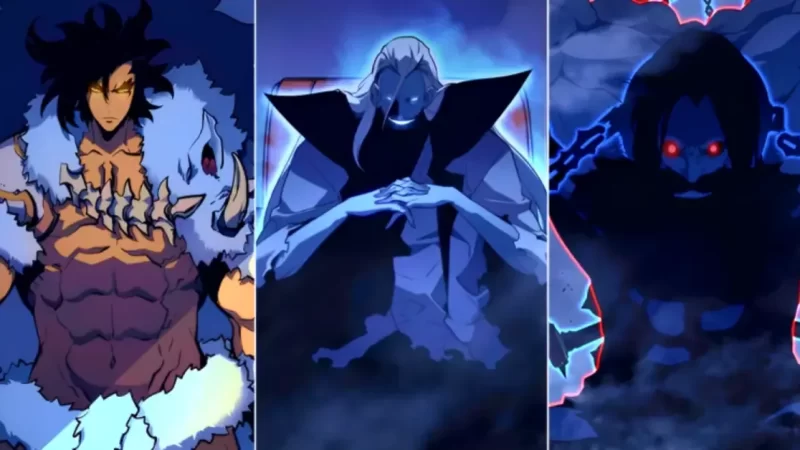Despite a physical distance spanning thousands of miles, animation in the East and West emerged simultaneously as advances in filming and drawing techniques made their way around the world. This means that both cartoons and anime can trace their respective histories back to the late 19th century. Katsudō Shashin, a three-second movie discovered in 2005, is believed to have originated around 1910.
Sailor Moon
Given all the water that’s flowed under Japan’s hand-drawn bridges since then, it’s only natural that anime would have split into all sorts of different styles and genres – and, of course, it did. Anime is usually categorised by age brackets (Seinen, Josei, etc.). But it’s also subjected to the same genre obsession that plagues movies and video games, like horror, sci-fi, and action.
One of the most visible genres is Magical Girl, the title worn by shows like Magic Knight Rayearth, Cardcaptor Sakura, and Assault Lily: Bouquet, among many others. The Sailor Moon series is arguably the mascot of the Magical Girl category, mainly due to a five-season anime (1992 – 1997) that widened the narrow audience earned by the manga. It eventually ran for 200 episodes.
On the back of that popularity, the Magical Girl concept has expanded to include many different media types. The recent video game A Hat in Time offers a slightly more Western take on the idea, while a look at the best online casino in Canada will reveal titles such as the Moon Princess slot. This 5×5 reel game focuses on the exploits of three characters, Love, Star and Storm.
Sally the Witch
Oddly enough, magical Girl has its roots much further back than those two games in a 1953 manga. Princess Knight, from Osamu Tezuka, tells the story of Sapphire, a female ‘prince’ by day and a crimefighter by night. It wouldn’t air as an anime until 2 April 1967. Princess Knight had a fairly short run by modern standards (just over a year), but it remains the prototype for all the Magical Girls that came later.
What’s slightly odd about Princess Knight is that it omits one of the aspects common to all Magical Girl shows – magic. The more cynical historian might point to 1966’s Sally the Witch as the inspiration for the likes of Sailor Moon. Sally the Witch was first filmed in black and white and told the story of a girl from another world who befriends people on Earth. This landmark anime juxtaposed earthly normality and Sally’s magical abilities.
Despite all that, Magical Girl remains a distinctly Japanese phenomenon. CBR notes that anime in the West is usually marketed towards males, to the extent that a show like Cardcaptor Sakura was renamed abroad to remove the female character’s name. This awkward collision of a masculine audience and a feminine character base means that Magical Girl is an oddity in the US and Europe.
Overall, though, the Magical Girl genre is one of the longest-lived in anime and will celebrate its 60th anniversary before the end of the current decade – and it’s all because of one Princess Knight (or Sally the Witch).




![[Break] Jujutsu Kaisen 249 Raw Scans, Spoilers, New Release Date](https://orianime.com/wp-content/uploads/2024/01/jujutsu-kaisen-249-raw-scans-spoilers-new-release-date-800x413.webp)
